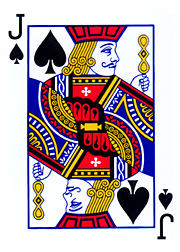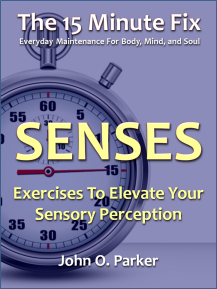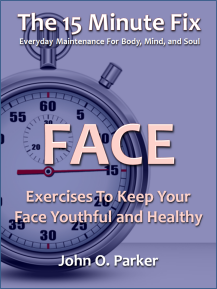
If you have read VISION, you know that I have poor depth perception. I have two perfectly fine eyes that don’t work well together. I do depth perception exercises and binocular vision training and the results have been good. The world does not look flat to me, I have learned to see 3D movies, I can track a baseball better than I could as a kid, and more. I have trained my eyes and brain to see with binocular vision much of the time. This is still a work in progress though, and when I am tired it is easy to slip back into old habits and just use one eye. However, I have noticed that even when I do this I still have the ability to perceive quite a bit of depth. I don’t have problems driving, doing household chores, or other things that would seem to require depth perception. So what’s going on?
I found this podcast which gives some interesting insight into how we can have depth perception using only one eye. Apparently, the middle temporal area of our brain helps process information from even one eye, in a way that allows for some depth perception. The information is comprised of visual clues and multiple images. Wait - how can there be multiple images with only one eye? Because the one eye is moving, it can establish a sense of depth using perspective, speed, and even processing multiple images as the eye moves.
This is fascinating research that shows another cool way in which the brain can adapt and compensate. So even if you are struggling to get your binocular vision functioning, doing depth perception exercises will still help train your brain to better interpret visual cues to create a sense of depth. There are people who are able to do this at an extraordinary level, the most well known recent case being Isaiah Austin, who, before he was diagnosed with Marfan Syndrome, would have likely been a top NBA draft pick, despite having only one eye.
Age well my friends….
I found this podcast which gives some interesting insight into how we can have depth perception using only one eye. Apparently, the middle temporal area of our brain helps process information from even one eye, in a way that allows for some depth perception. The information is comprised of visual clues and multiple images. Wait - how can there be multiple images with only one eye? Because the one eye is moving, it can establish a sense of depth using perspective, speed, and even processing multiple images as the eye moves.
This is fascinating research that shows another cool way in which the brain can adapt and compensate. So even if you are struggling to get your binocular vision functioning, doing depth perception exercises will still help train your brain to better interpret visual cues to create a sense of depth. There are people who are able to do this at an extraordinary level, the most well known recent case being Isaiah Austin, who, before he was diagnosed with Marfan Syndrome, would have likely been a top NBA draft pick, despite having only one eye.
Age well my friends….




